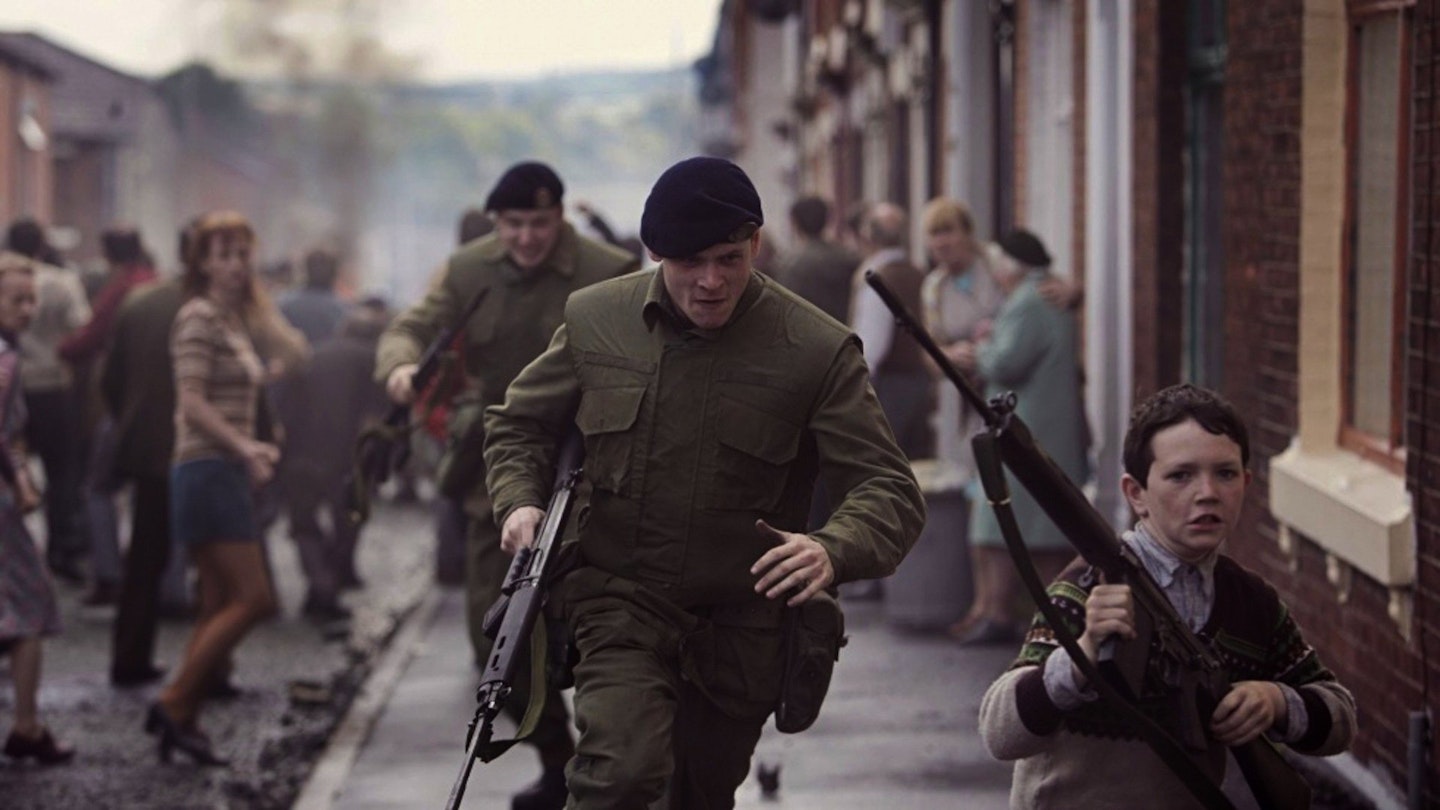Set in Belfast during the Troubles, Yann Demange’s ace thriller ’71spits out Jack O’Connell’s squaddie Gary Hook into a hostile world where just about everyone wants to kill him. Lost and on the run, the Brit soldier is a terrified Theseus in a maze full of minotaurs. To capture this nocturnal world, patrolled by gunmen and haunted by violence, in his nerve-lacerating, impressionistic style, the first-time filmmaker collated a ‘tone book’, asking his heads of department to contribute photographs, movie references and music to it throughout pre-production. Empire asked him to talk us through the key references.
Demange, who cut his filmmaking teeth with shorts and ads before making a name for himself on Channel 4’s acclaimed narc drama Top Boy, employed a tried and tested approach to prepping the film. His tone book – a bible of references – was originally prompted by an old film tutor from the National Film And Television School. “It was my film tutor, Ian Sellar”, he remembers, “who’s a dear friend still, who explained to me the importance of reference images and making sure that everyone is making the same film.”

“You can easily have a situation – and I saw it on a short once – where you’ve been having conversations for months and you’re talking about two different films. And it leads to conflict because you’re not working towards the same thing. It’s not dictatorial because I invite the HODs (heads of department) to contribute. You’ve got to make sure everyone feels invested and understands what you’re trying to do. It’s not some mysterious thing: ‘Oh, it’s all in the guy’s head’. And I need my collaborators’ input. I’ve worked with my DOP for nine years now and I haven’t accepted a meeting on anything before my editor has read the script.”
*Walter Hill’s street-gang classic is beloved by fans and filmmakers alike. Yann Demange – a human being with eyes – is no exception and the influence of Hill’s nocturnal, '70s-New-York world parlayed into his Belfast-based thriller. *

“When I first read the script for ‘71, it made me think of so many films; all these references washed over me from my childhood. Incongruous ones. I’d think of Battle Of Algiers, but I’d also think of The Warriors and John Carpenter’s Escape From New York. It was strange: all these things were existing in the same place. I was very fortunate recently to meet one of my favourite living directors, Jacques Audiard, and what I loved is that he loves The Warriors too. He’s a huge fan.”
One of the greats in any genre, Gillo Pontecorvo’s 1966 Algerian uprising masterpiece was a key influence for Demange, just as it has been on another chronicler of Northern Ireland’s bloody recent past, Bloody Sunday’s Paul Greengrass.
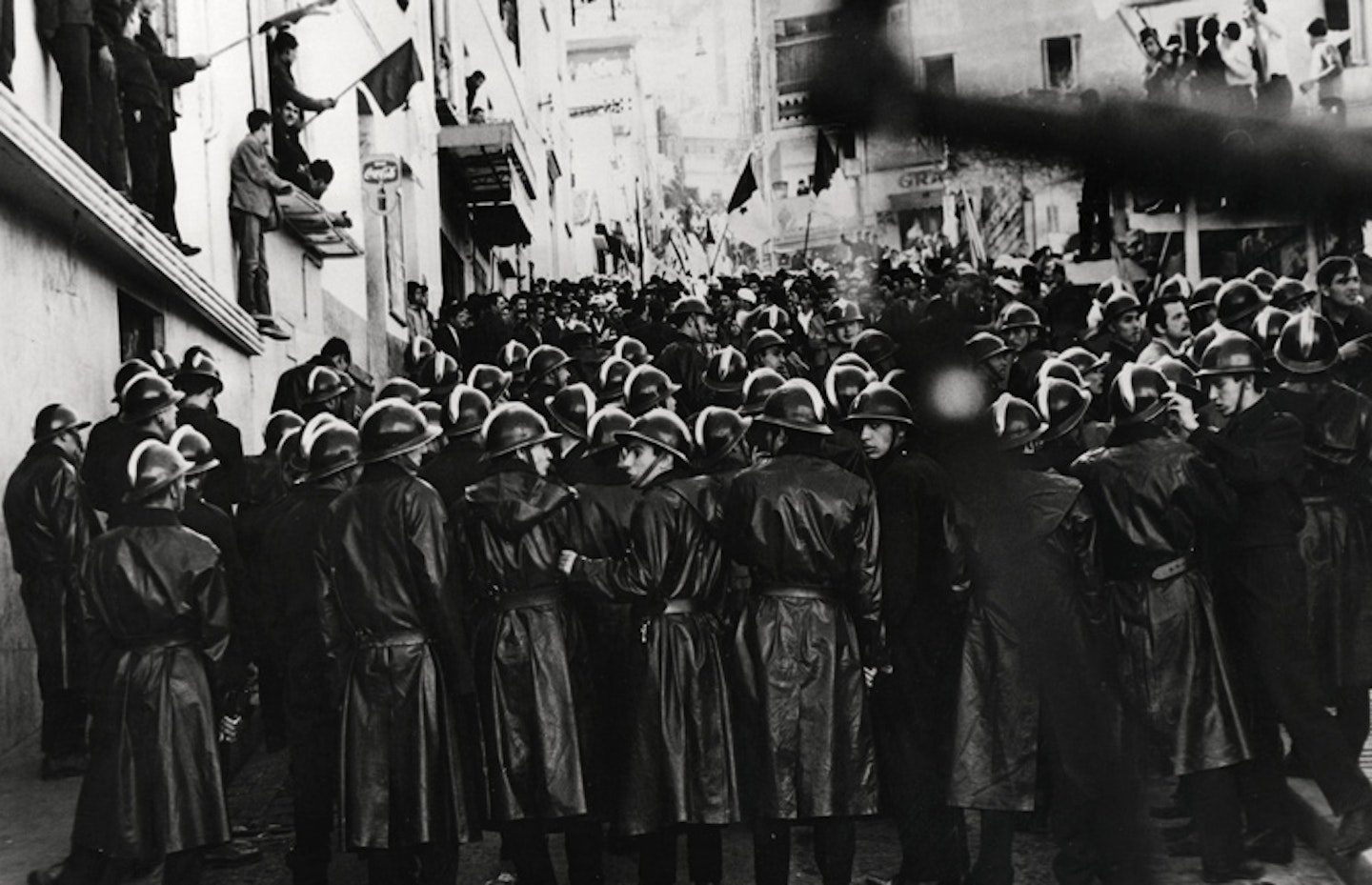
“I’m half-French and half-Algerian, and I didn’t know until later, but my aunt’s in that film. She plants the bomb in the milk bar. That’s [been] a huge influence on my life. Bloody Sunday? We had to look at that film. It’s brilliantly made, but I’m not that obsessed with realism. I want things to feel real and truthful, and it’s one of the things we talked a lot about with the tone document, but there’s a point when it becomes nocturnal, when the sun goes down, that I wanted it not to be tied to realism, to become impressionistic. It gets a bit mythic.”
“You can’t have a footchase without thinking of Point Break,” explains Demange of ‘71’s hell-for-leather run. “You’re stealing from the best, but let’s be open about it.” The director invited his department heads to pick apart chase sequences they loved.
“Kathryn Bigelow has put me on my arse so many times. She’s phenomenal. Even the opening of Strange Days, what a sequence. Did I consider shooting my chase sequence the same way? No, you’ve got to identity with [the character]. I wanted you to experience it like Gary Hook, but the construction of point-of-view is a strange thing: you’ve got to be watching him and projecting yourself onto him, and you have to be rooting for him. If you were to shoot it first-person, you’ve got nothing to hold on to. It becomes too objective, ironically, and it loses that thing you identify with. It’s always about emotional engagement with any set piece. You can get set-piece fatigue with these films; you get exhausted by them.”
*Jean-Pierre Melville’s French resistance epic, which tapped into its director’s own wartime experiences, features a very-hard-to-watch execution sequence that helped inform ‘71’s murky guerilla goings-on. “Sometimes you can’t quite communicate what you’re after,” explains Demange of his film’s prep, “and it becomes nebulous.” Taking an important spot in the tone book, Army Of Shadows helped him communicate what he was after. *
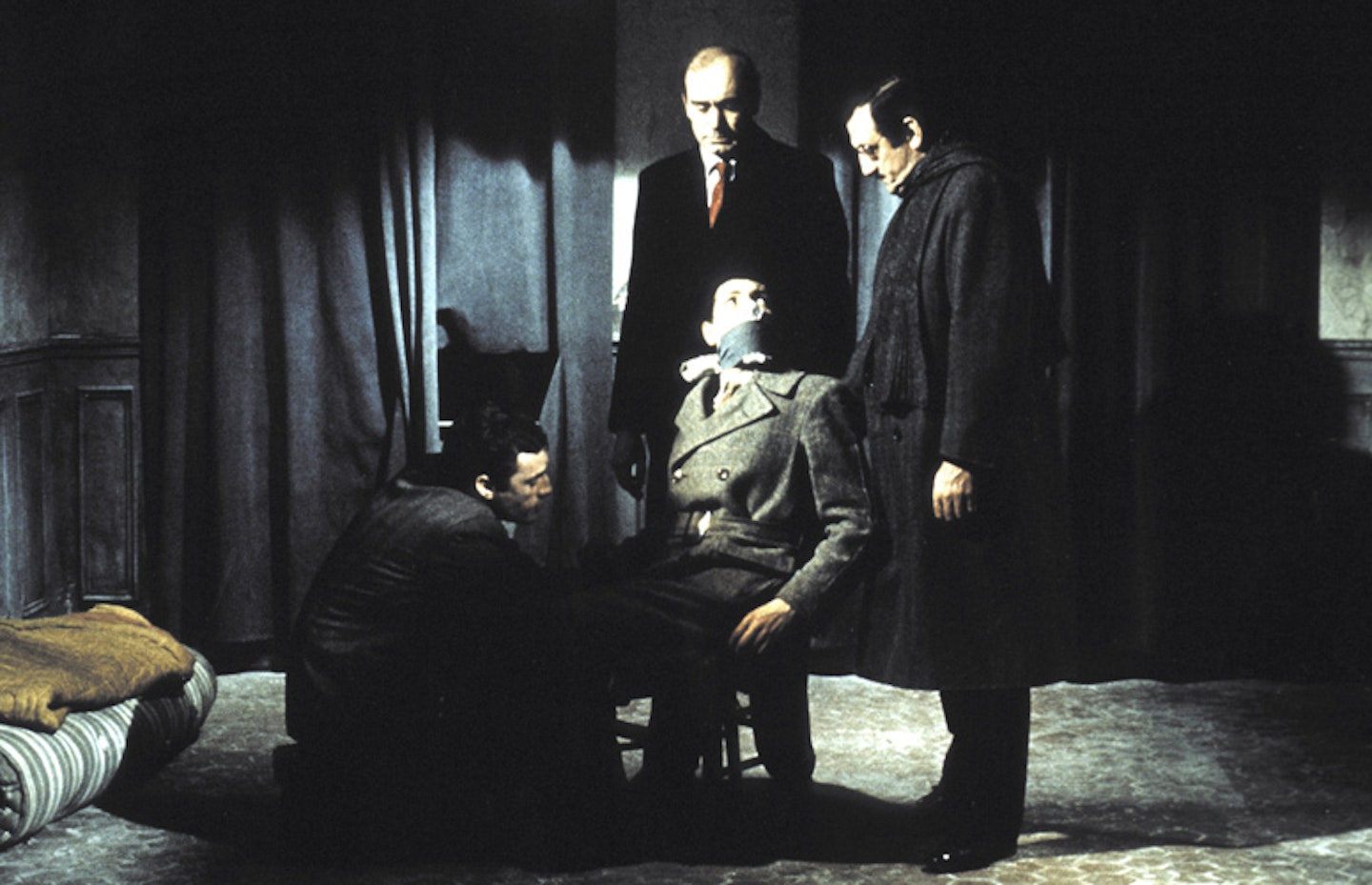
“I wanted the humanity that is in that amazing scene in Army Of Shadows where they’re going to execute the collaborator. I saw that very young because [we were an] immigrant household. We moved from Paris to Streatham in the late ‘70s when I was about two or three, and by the time I was eight we moved to West London. My mum, to this day, can’t really speak English, and she’d always be watching French films on VHS in her own language, so I was exposed to them from a very early age. I was bored shitless half the time, but occasionally I’d be exposed to things like 400 Blows, as well as watching The Warriors for the hundreth time (laughs).”
Like Porridge with a shiv, Jacques Audiard’s Oscar-nominated drama offers a slug of prison life washed down with a dose of mythicism. Demange selected it for the tone book for its honest approach to violence and survival under duress (and because it’s really bloody good).
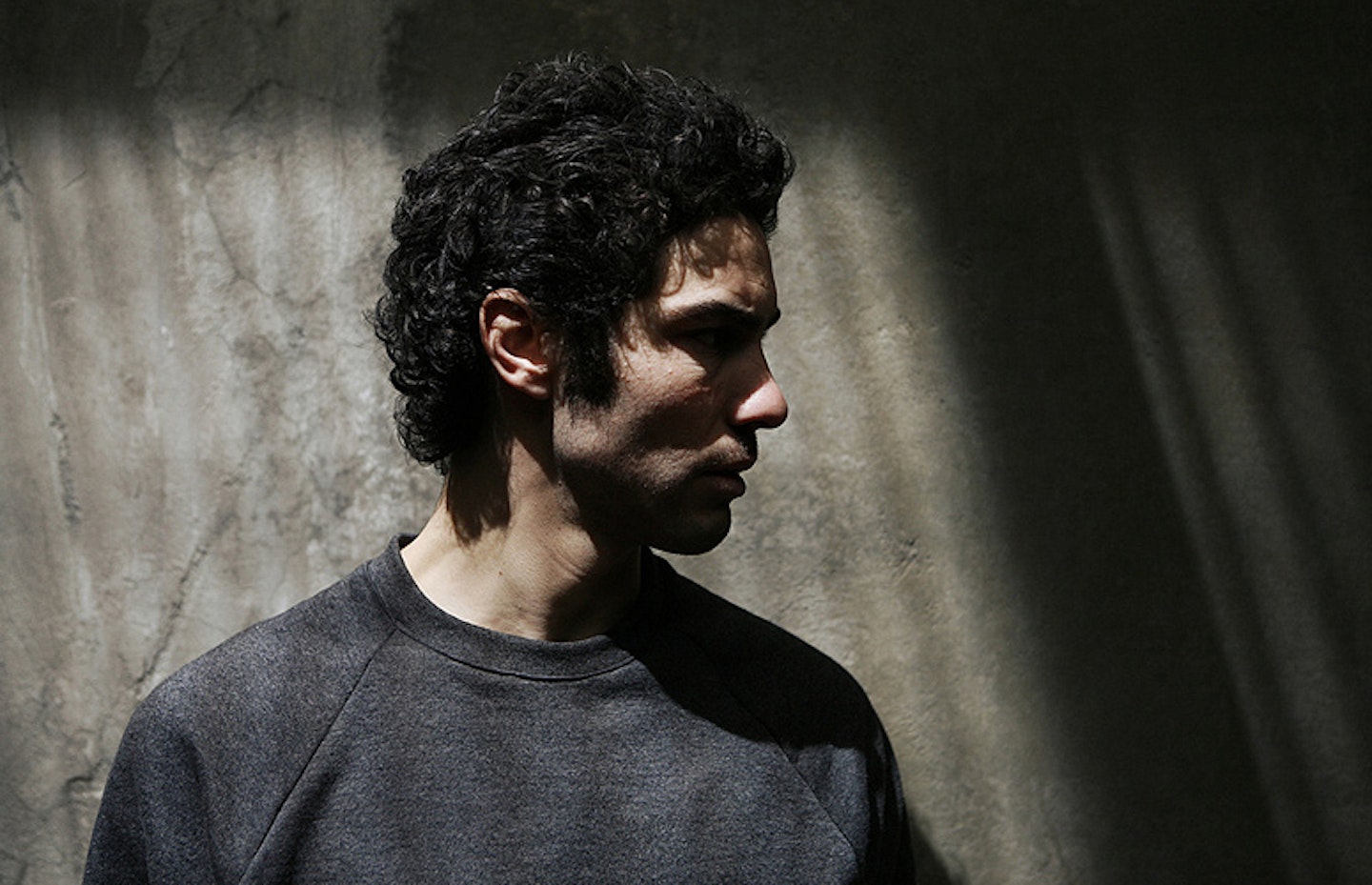
“Jacques Audiard’s work always moves me so much. There were a couple of clips [in the tone book] from A Prophet, just for the way his characters always behave like real human beings. It exists within genre, but there isn’t a ‘Die Hard moment’. I love Die Hard but there isn’t that moment [in ‘71] where Jack goes, 'Enough’s enough,' and starts to fight back. I said to him, 'You can’t do that, we’re not doing that in this film.' So we asked, 'What’s the reality? How does it look if you do end up having to kill someone?' The extinguishing of every life in this film has to matter, because otherwise you’re just taking a really painful part of someone’s recent history and exploiting it to make a thriller. You can’t do that. But we’re working within genre, let’s be honest about it. I’m not ashamed. I fucking love genre films when they’ve got a reason to exist, but they can’t just be vacuous.”
*The Aussie photographer, famous for his neon nightscapes, was an inspiration for ‘71’s twilight and after-dark sequence. Demange and his long-time cinematographer, Tat Radcliffe, studied the almost vampiric world of Henson’s subjects, along with shots by the great Don McCullin, an eyewitness to the Troubles as a The Sunday Times photojournalist stationed in *Belfast.
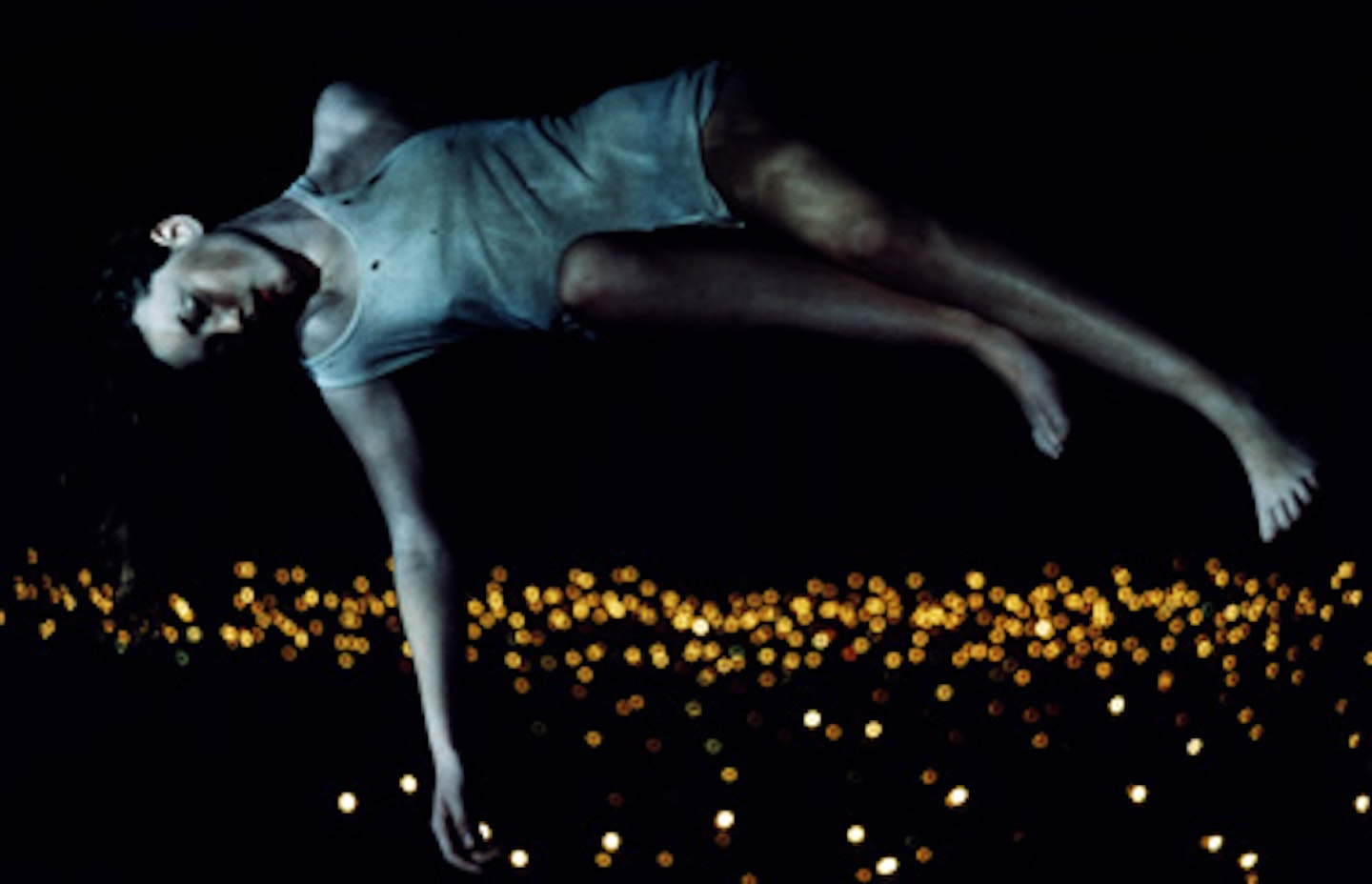
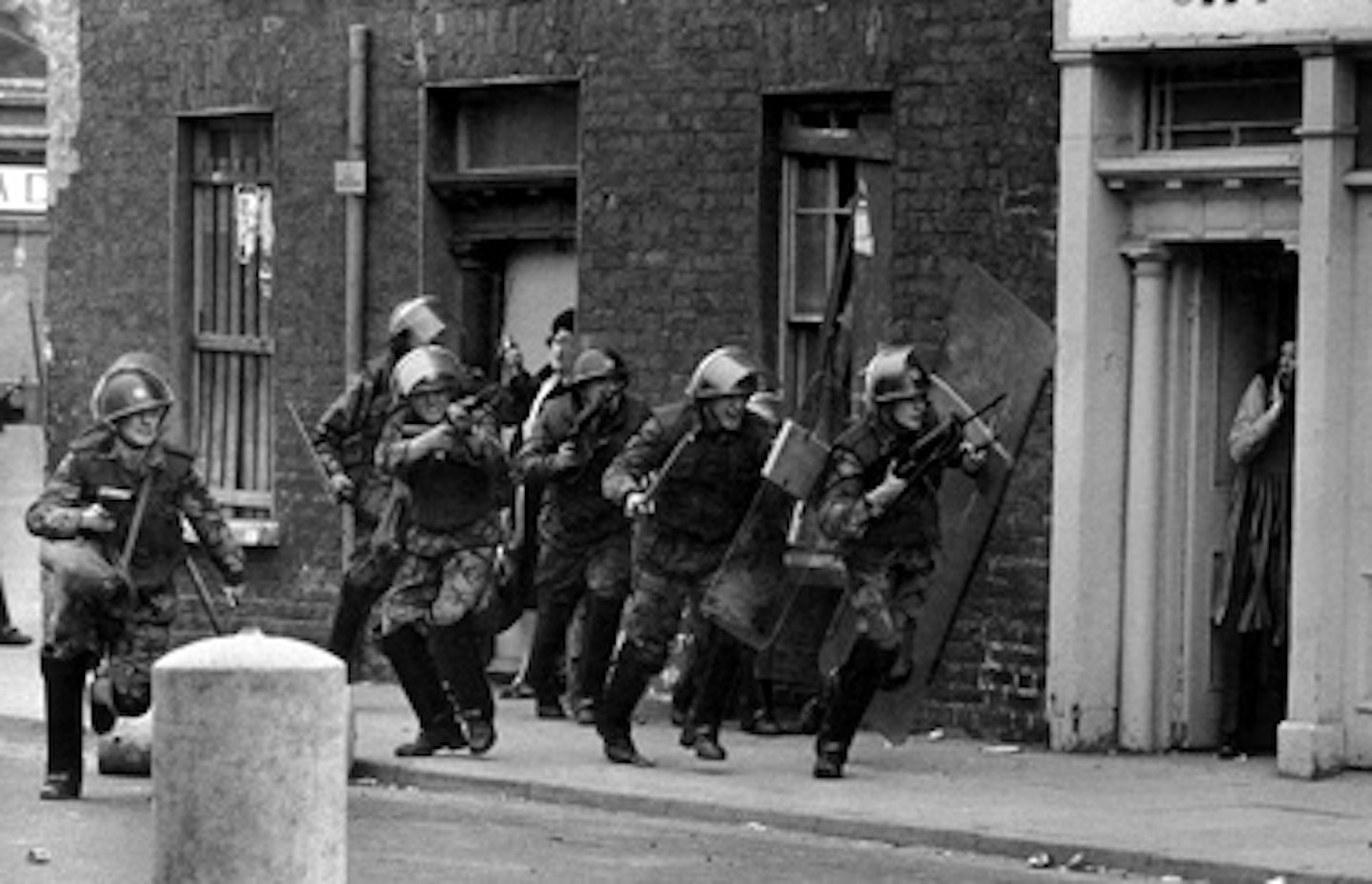
Photo: Don McCullin “In terms of tone and look, I referenced Bill Henson’s night photography. I’m obsessed with night photography, and twilight, and I’ve got a book of Henson prints that I really love. I referenced him a lot for the way he lights faces. And you can’t look at Northern Ireland at that time without looking at [Don] McCullin’s pictures – there’s so many of them.”
*Avant-garde artist, filmmaker and musician Tony Conrad was another key musical touchpoint for ‘71’s synth-fuelled soundscapes. Demange picked one epic track by the multi-hyphenate American and used it as a shared reference with his composer, Belfast native David Holmes. *
“I played Conrad’s ‘The Pyre Of Angus Was In Kathmandu’ to David – it’s 24 minutes long! – and he flipped for it. It takes you to a weird place. That’s how the score evolved. I didn’t want it to be exploitative, to work in a way that told you how to feel or made you cry.”
*Demange’s brief to David Holmes was to craft an analogue synth score that wouldn’t sound fit for a Drive sequel (“It couldn’t be cool, toe-tapping,” he stresses) and have most of it ready to use as a guide during principal photography in Sheffield. John Carpenter’s synth-y scores were a key waymarker in the tone book. *
“I told David, ‘I know it sounds counter-intuitive but I want a Carpenter-esque score for this,’ and he *loved *that. He wrote 30 or 40 per cent of the tracks we used in the final cut before we shot. Because of the structure of the shoot, we shot a lot of the stuff on the estate first, where there’s hardly any dialogue for almost 30 minutes and I needed something to help me with the timing. I listened to the music while I was directing so I had a sense of timing and rhythm. It was a great collaboration. He’d give notes of the dialogue too! ‘I’ve heard people be called ‘a Fenian c**t’, but I’ve never heard anyone be called a ‘Fenian bastard’. It’s not real!”
Justin Kurzel’s 2011 debut, an unsparing dramatisation of a series of brutal murders in South Australia, doesn’t beat around the Bush when it comes to atmosphere of dread to accompany its attendant nasties. Its score, by brother Jed Kurzel (The Babadook), and sound design were tone book references.
“Justin Kurzel, man! That was his first film but [it had] *amazing *sound design, amazing use of sound. I think it’s one of the best scores I’ve heard in a long time and I referenced it.
’71 is out on October 10.
